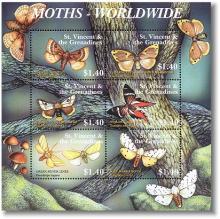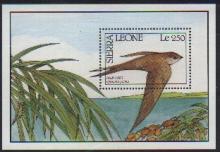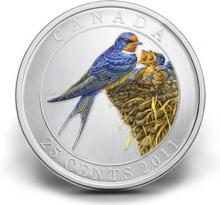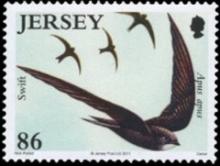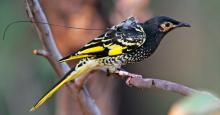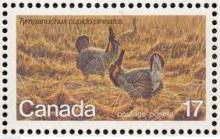
We examined the possibility that granular insecticides, used intensively in the Canadian prairies to control flea beetles (Phyllotreta sp.) in canola (Brassica napus and B. napa), could contribute to bird population declines.
A retrospective analysis (1971–96) was done to investigate relationships between counts of 29 bird species made on Breeding Bird Survey (BBS) routes with a spatially explicit granular use index (derived from surveys made in 1980–85) and an index of land use change (derived from Principal Components Analysis of agricultural statistics) for 30 Census Agricultural Regions (CARs). Controlling for spatial location and the land use change index, abundance of American robin (Turdus migratorius), horned lark (Eremophila alpestris), house sparrow (Passer domesticus), mourning dove (Zenaida macroura), and western meadowlark (Sturnella neglecta) was negatively correlated with insecticide use; only two species showed evidence of a positive correlation. At a shorter time scale, for which we had direct estimates of pesticide use (1980–85), we also found evidence that the black-billed magpie (Pica pica), European starling (Sturnus vulgaris), and killdeer (Charadrius vociferus) were less abundant in areas where granular insecticide use was high. Population trends (% annual change between 1971–96) were negatively correlated with the granular index for horned lark, house sparrow, and western meadowlark. Although correlational only, our results suggest that granular insecticides may be an important factor influencing population changes in some bird species in prairie farmland.



